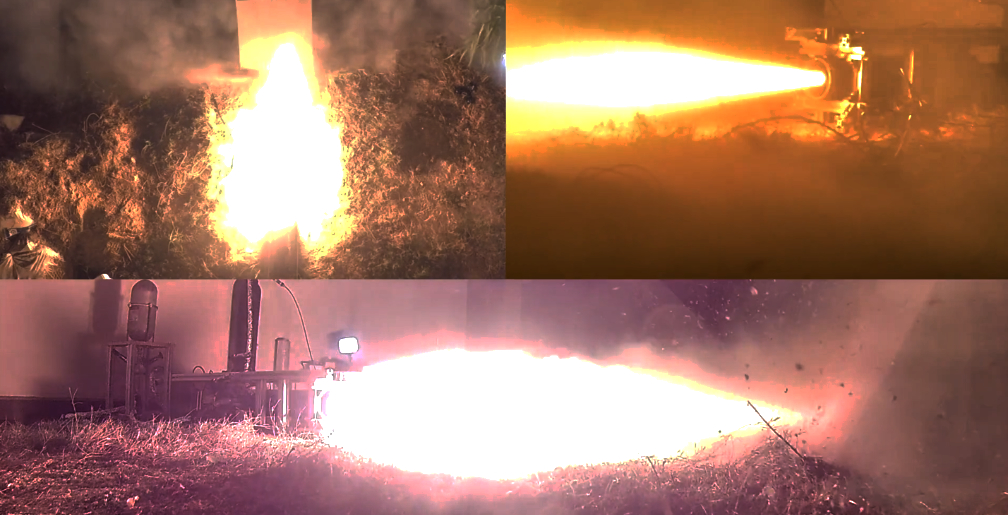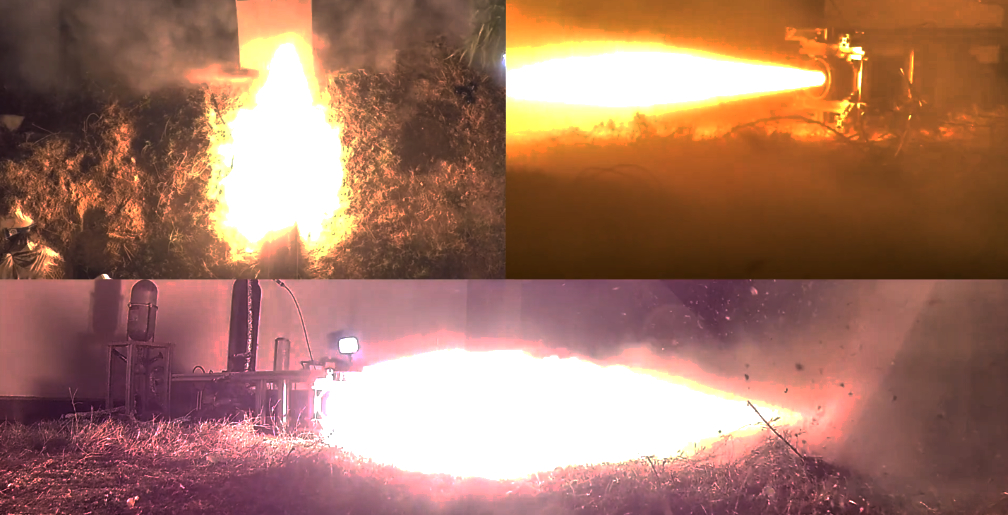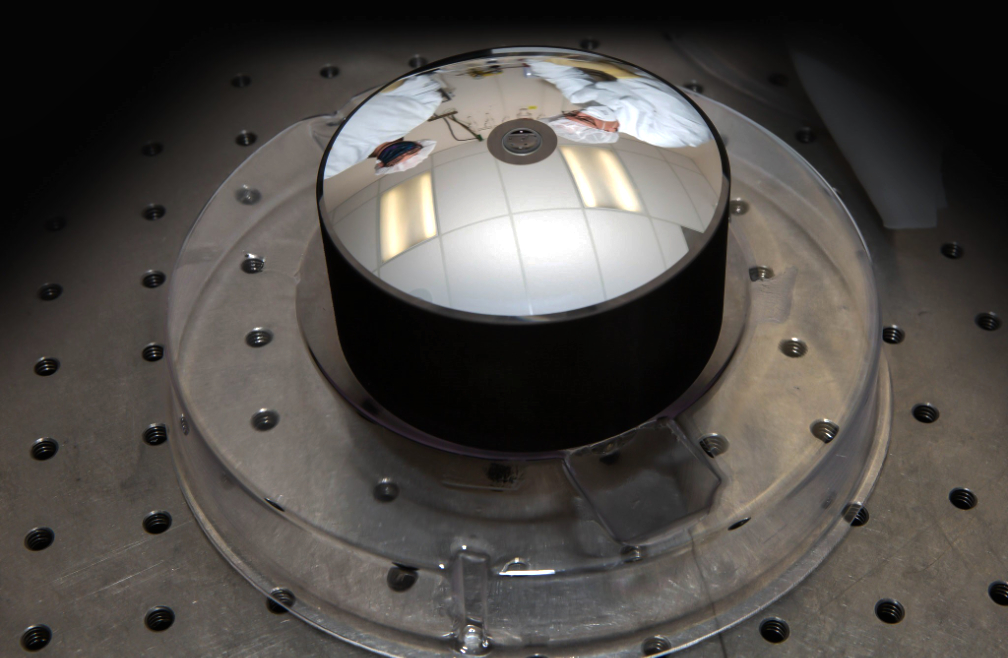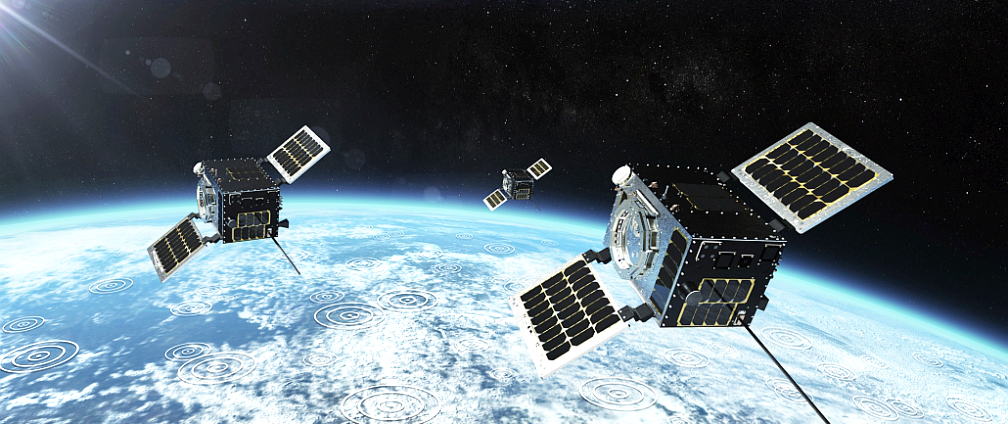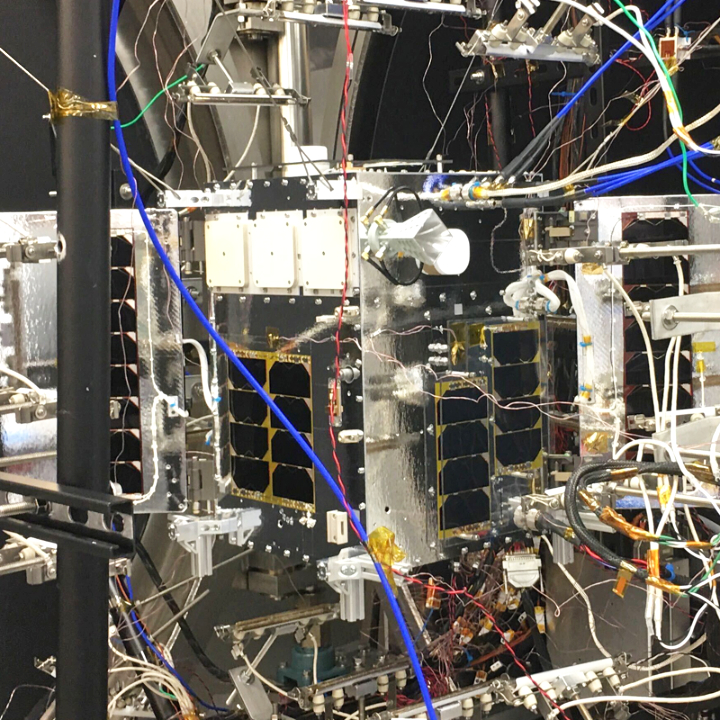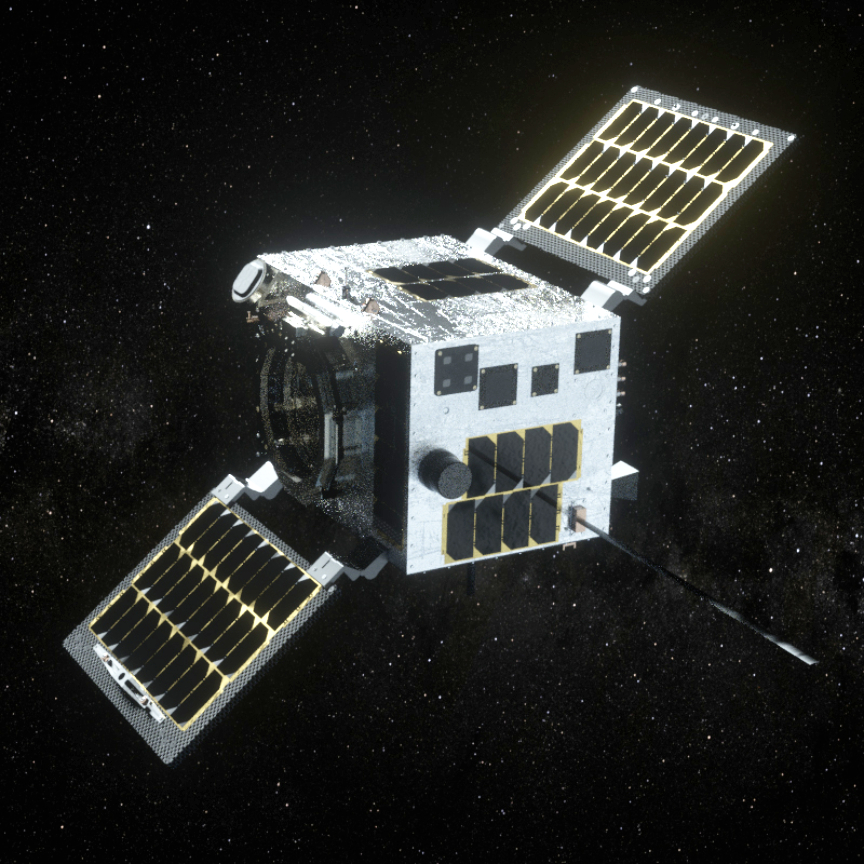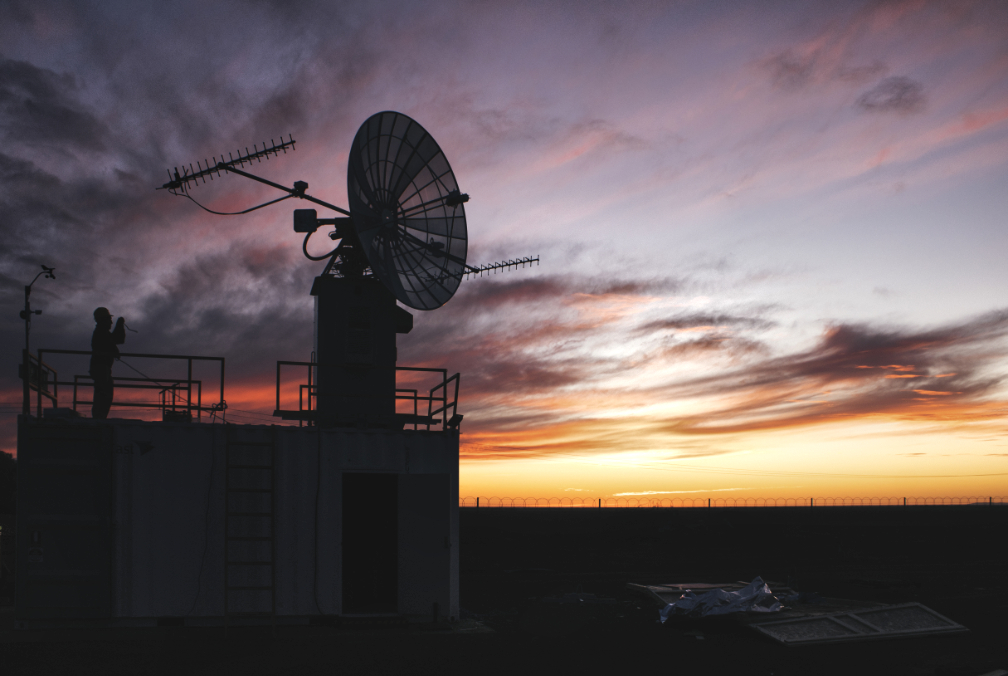 Leaf Space has announced their official partnership with Agnikul, a company building an affordable launch vehicle that is capable of launching smallsats on-demand.
Leaf Space has announced their official partnership with Agnikul, a company building an affordable launch vehicle that is capable of launching smallsats on-demand.

Under the MoU just signed, the company will be supporting Agnikul in the provisioning of ground segment services for their highly portable launch vehicle – Agnibaan – through Leaf Space’s ground station network infrastructure.
Leaf Space’s support will be delivered via the development of a mobile and versatile ground station that is capable of supporting the Agnibaan launcher in the initial phases of lift-off from any of their launch locations. Short setup and turnaround time will be key elements of the Leaf Space service support. Furthermore, the launcher will be supported by the rest of Leaf Space’s ground station network infrastructure.
The company is also exploring the ability to offer to Agnikul’s customers the firm’s ground segment support as a package with the Agnibaan launch service itself. This will further simplify mission management for the firm’s customers.


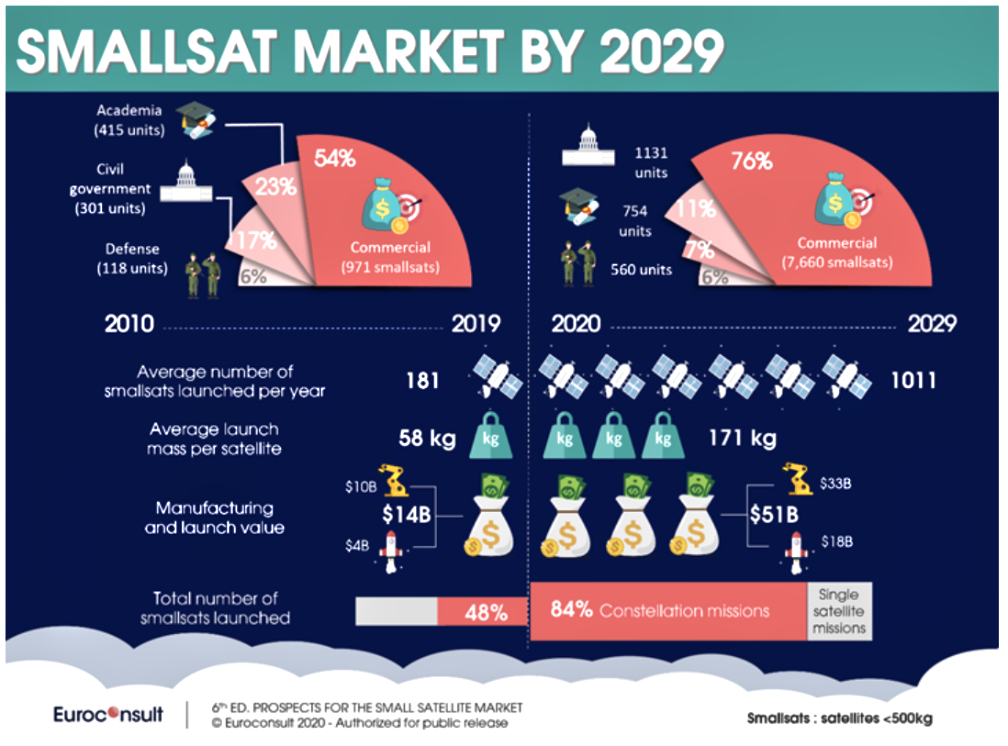

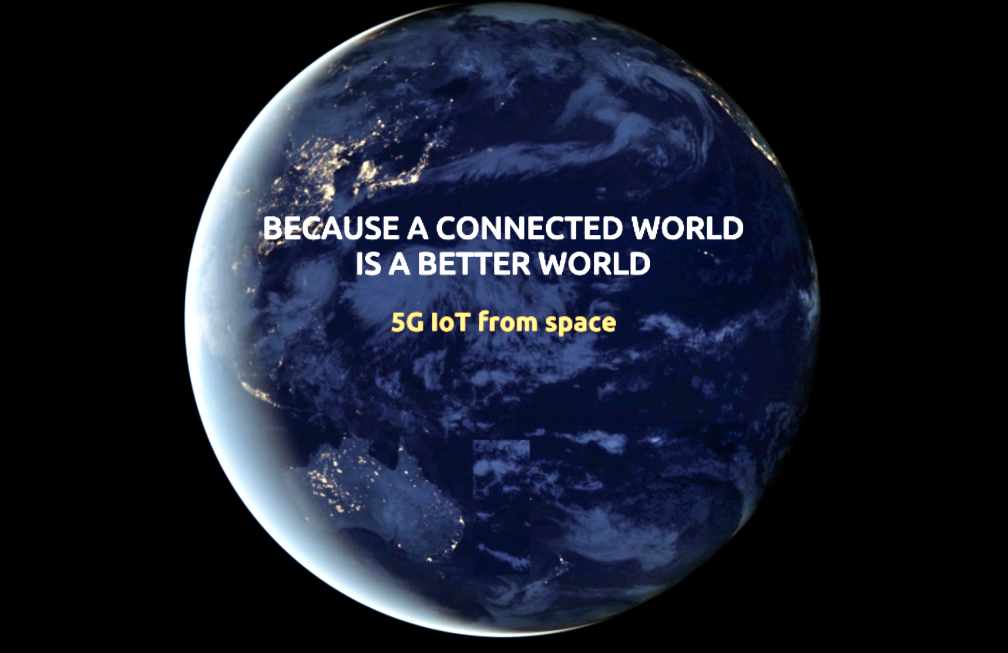


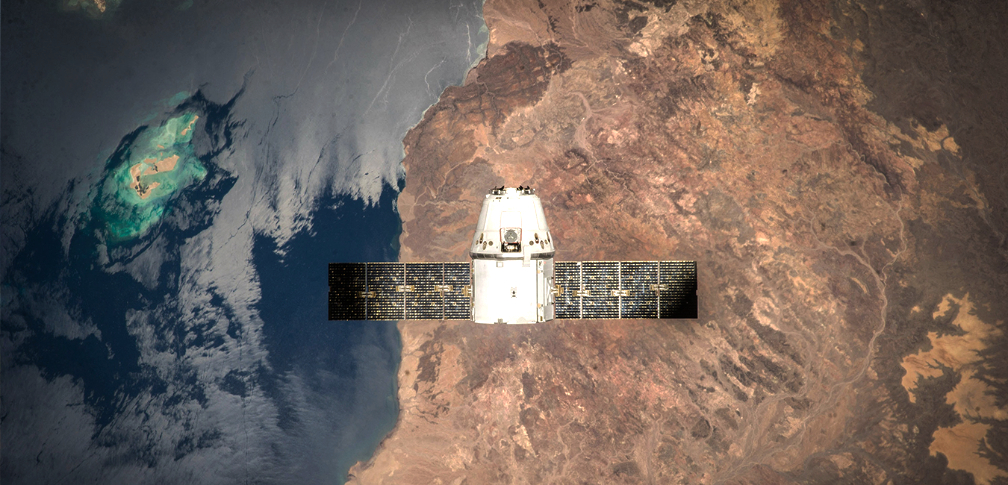
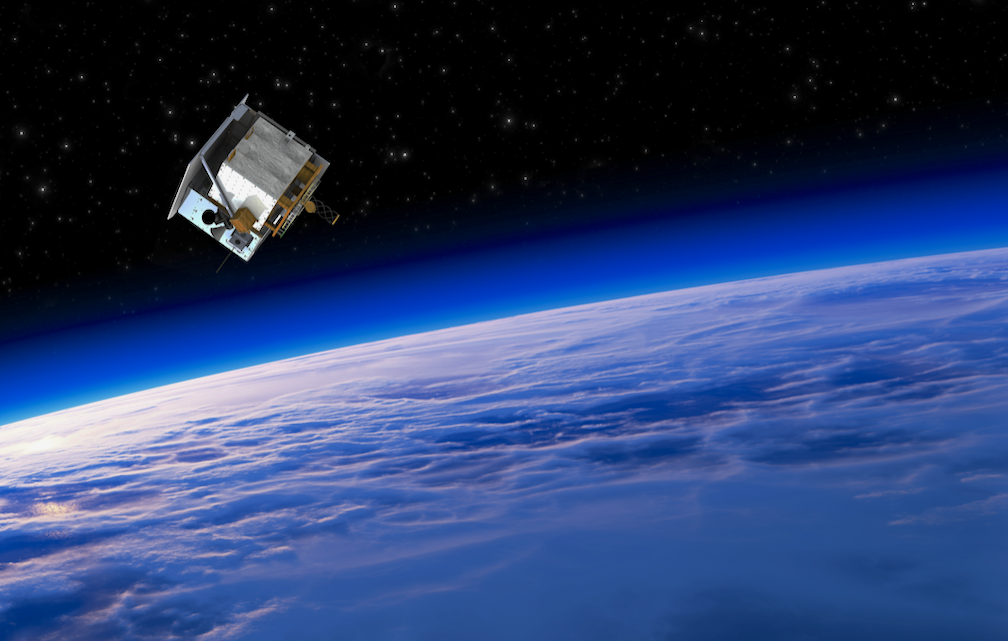







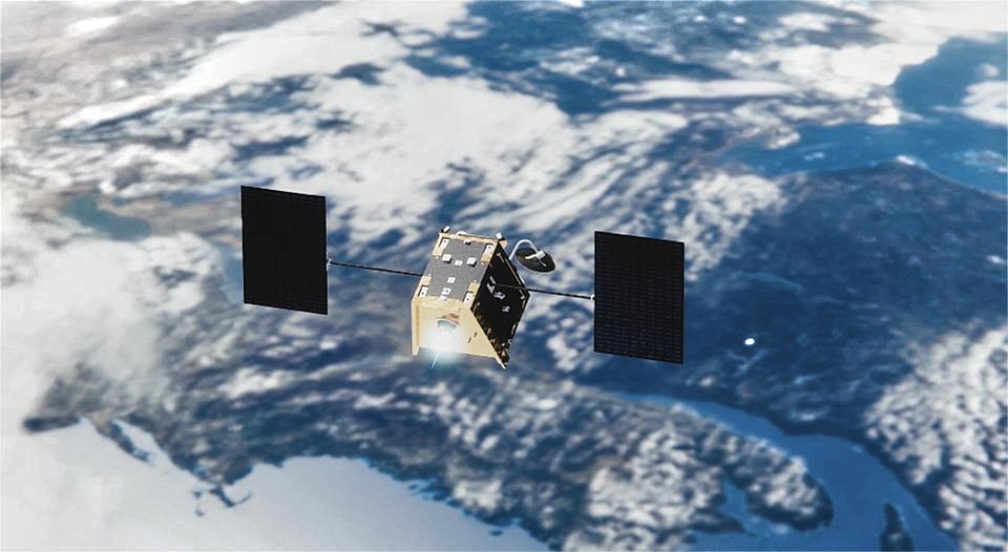 OneWeb, now in the process of being acquired by the British government and Indian telco giant Bharti Global, is going ahead with building satellites ahead of any decision to incorporate the UK’s plans for a rival global positioning system to rival Europe’s Galileo.
OneWeb, now in the process of being acquired by the British government and Indian telco giant Bharti Global, is going ahead with building satellites ahead of any decision to incorporate the UK’s plans for a rival global positioning system to rival Europe’s Galileo. Report by journalist Chris Forrester, filing at the
Report by journalist Chris Forrester, filing at the 